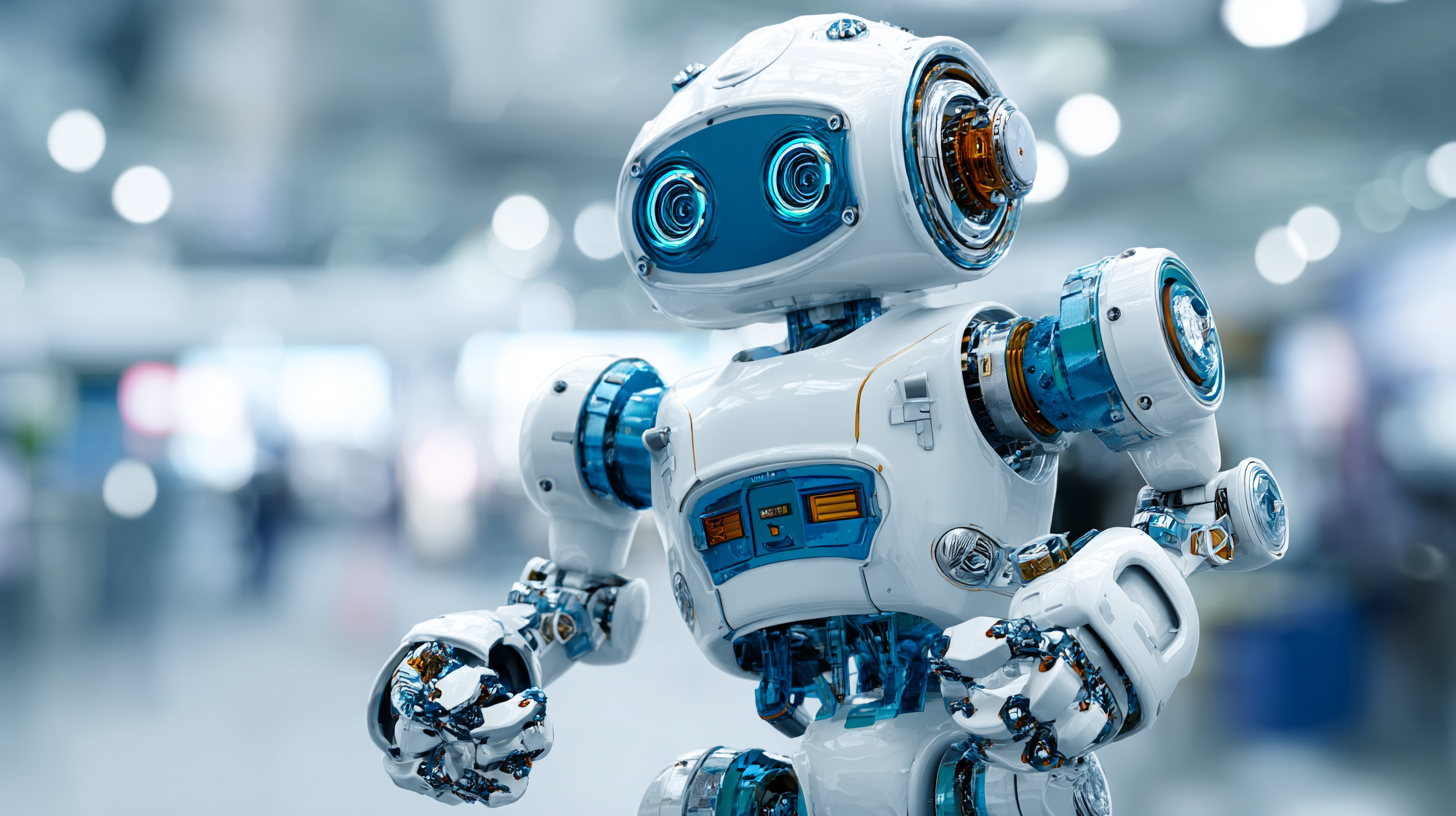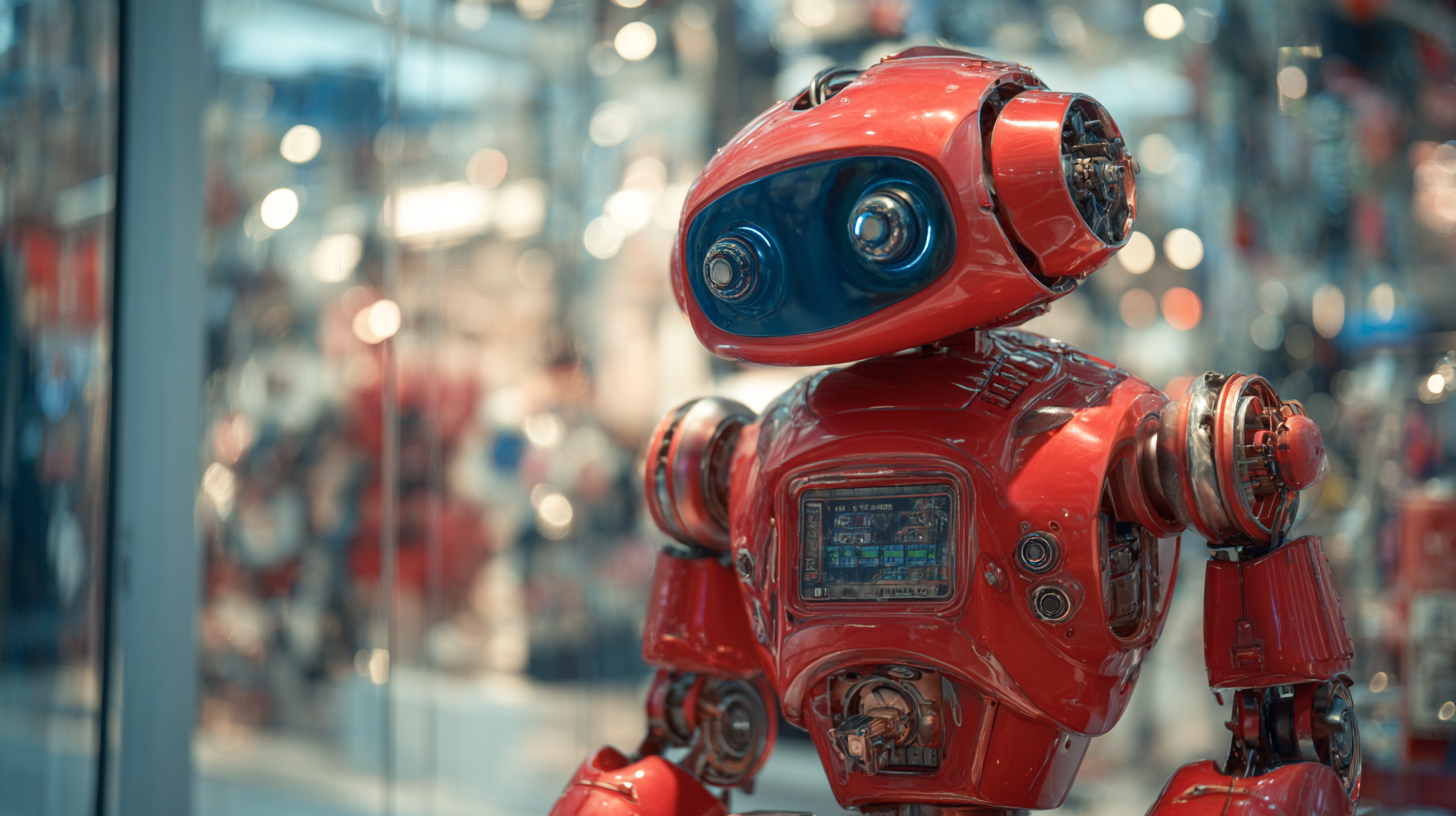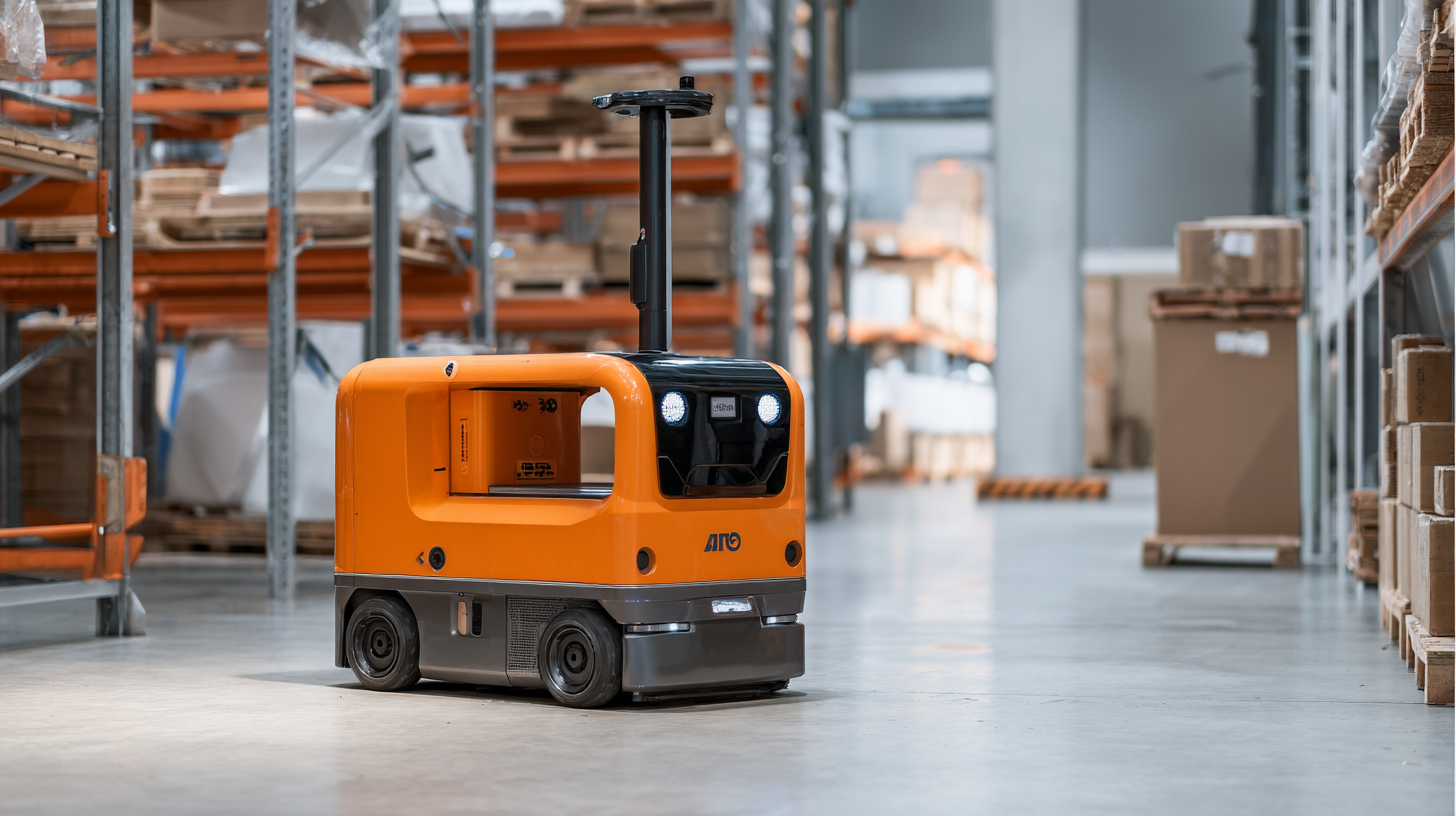The adoption of commercial robots is revolutionizing industries worldwide, enhancing productivity and efficiency across various sectors. According to a report by the International Federation of Robotics, global sales of industrial robots reached 384,000 units in 2020 alone, with China leading the way as the largest market, accounting for nearly 30% of the total installations. As these advanced machines continue to proliferate, businesses face the challenge of selecting the most suitable commercial robot tailored to their specific operational needs. In a landscape driven by technological innovation, understanding the unique requirements of your business and leveraging data-driven insights is essential for making informed decisions. This guide will explore key factors to consider when choosing the best commercial robot, allowing companies to maximize their investment and drive operational success in an increasingly competitive environment.

When selecting the right commercial robot for your business, it is crucial to understand the different types and their specific applications across various industries. According to a recent report by the International Federation of Robotics (IFR), the global market for service robots is expected to reach $24 billion by 2026, highlighting the rising demand for automation across sectors such as manufacturing, healthcare, and logistics. For instance, collaborative robots, or cobots, are increasingly being deployed in manufacturing to enhance productivity while safely working alongside human operators. In 2022 alone, the sale of cobots surged by 45%, illustrating their growing acceptance in the industry.
In the healthcare sector, robots are making significant headway in assisting with surgeries, patient care, and pharmaceutical dispensing. The market research firm Grand View Research projects that the healthcare robotics market will expand to $20 billion by 2027, driven by advancements in robotic-assisted surgery and monitoring systems. Similarly, in logistics, automated guided vehicles (AGVs) are reshaping supply chains, with McKinsey noting that implementing AGVs can improve warehouse efficiency by up to 30%. Understanding these various types of commercial robots and their applications is essential for businesses looking to leverage technology for operational success.
When considering the integration of commercial robots into your business, a thorough cost-benefit analysis is crucial to evaluate ROI effectively. According to a report by McKinsey, automation could increase global productivity by up to 1.4% annually, leading to significant savings over time. For example, a manufacturing company that invests in robotic assembly lines could see an average ROI of 20-25% within the first two years due to reduced labor costs and enhanced productivity.
Tip: When calculating ROI, don't just consider upfront costs. Factor in long-term savings, maintenance expenses, and potential increases in revenue as productivity improves. For instance, the fully automated warehouses of major retailers like Amazon have reported up to 30% less labor costs while significantly speeding up order fulfillment.
Additionally, aligning robot capabilities with your business needs plays a vital role in maximizing ROI. Industry reports suggest that businesses utilizing collaborative robots (cobots) have seen a 50% reduction in production time. By leveraging the strengths of robots in tasks such as packaging or logistics, companies can free human workers for more complex problem-solving roles, further enhancing operational efficiency.
Tip: Conduct regular assessments post-implementation to evaluate performance against your initial ROI predictions. This will help in refining operations and justifying future investments in robotic technology.
When integrating a commercial robot into your business, measuring its success is crucial for long-term viability. The first key performance metric to consider is productivity. This can be quantified by tracking output levels before and after the robot's implementation. Metrics such as the number of tasks completed per hour or the reduction in cycle time provide clear data on efficiency gains. By comparing these figures, you can ascertain whether the robot meets your expectations.
Another essential metric is reliability, which can be assessed through the robot's uptime versus downtime. Monitoring how often the robot requires maintenance or encounters malfunctions will help you understand its operational efficiency. Additionally, consider evaluating the return on investment (ROI) by calculating the cost savings generated through automation. This includes labor cost reductions and increased output, offering a comprehensive view of the robot's financial impact on your business. Using these metrics will enable you to make informed decisions about your commercial robot integration and optimize its performance over time.

As businesses increasingly adopt automation technologies, staying informed about industry trends is essential for making strategic decisions. The future of automation and robotics in business operations promises enhanced efficiency and productivity. Companies are leveraging advanced robotics for tasks ranging from assembly lines to customer service. This shift not only streamlines processes but also reduces human error, allowing businesses to focus on innovation and growth.
When selecting a commercial robot, consider the specific needs of your operation. **Tip 1**: Assess your workflow to identify repetitive tasks that would greatly benefit from automation. This ensures you invest in a robot that addresses your unique challenges. Furthermore, **Tip 2**: Stay updated on the latest technological advancements in robotics. New features, such as AI integration, can significantly elevate your business's capabilities and maintain your competitive edge.
Another crucial aspect is evaluating the scalability of the robot you choose. **Tip 3**: Select robots that can easily adapt to changing demands within your company. This flexibility can safeguard your investment and support long-term growth strategies as automation technology continues to evolve.
When selecting the best commercial robot for your business, examining successful case studies across various sectors can provide invaluable insights. For instance, in the medical field, surgical robots have emerged as a pivotal innovation, integrating disciplines such as biomechanics and computer science. According to a 2024 industry report, the surgical robot sector is increasingly characterized by advancements that enhance precision and efficiency, showing a marked growth trajectory as healthcare providers seek to improve patient outcomes and operational effectiveness.

In the industrial realm, mobile robots have set a high bar for intelligent manufacturing. With a success rate of 99.9% in task execution, some companies have been recognized in various applications of mobile robotics. A recent report highlighted how these robots are optimizing supply chains and manufacturing processes, thus prompting a shift towards more automated solutions. Additionally, chatbots in customer service have dramatically reduced waiting times, with certain implementations cutting wait times by 100%, thereby enhancing customer satisfaction and operational efficiency.
These examples reflect the broader trends in robotics, emphasized during the recent China International Industrial Expo, where numerous innovative applications were showcased. As businesses navigate the complexities of modern demands, leveraging these data-driven insights from real-world implementations can significantly influence the decision-making process regarding commercial robot adoption.
